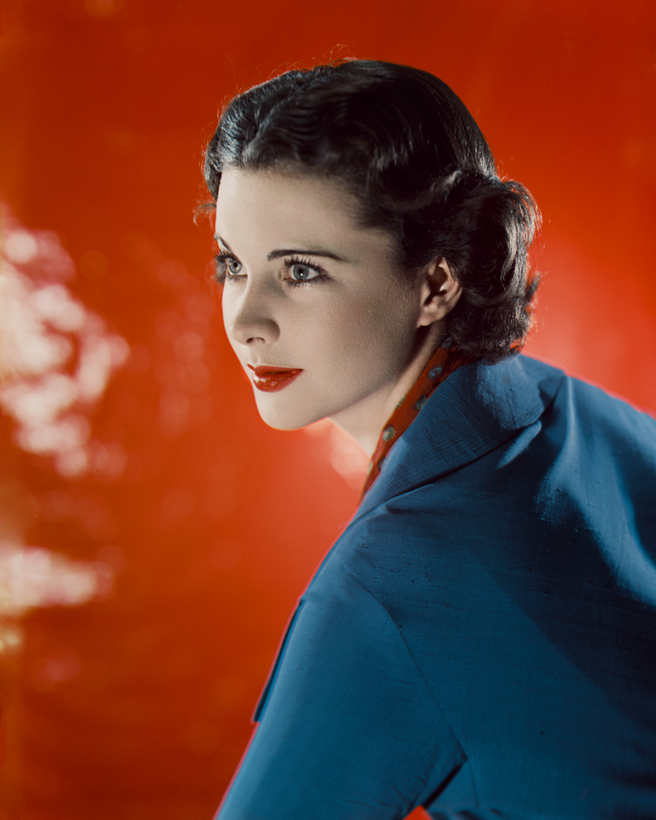London’s cultural scene post-lockdown is wide awake, but a giant in Trafalgar Square is only now emerging from a long slumber: after a three-year renovation, the National Portrait Gallery reopens this month. Get ready for new entrances, new gallery spaces, the new Learning Centre, and the debut of a comprehensive re-hang of the gallery’s collection. Not only will Shakespeare, Elizabeth I, and the Brontë sisters (with their poor painted-out column of a brother) be back, thank heavens, they have new company on the walls. Photographs from the gallery’s collection of 250,000 prints will be newly integrated into what curator Clare Freestone calls “the whole story of portraiture in Britain”—as told by the gallery and addressing histories of empire, women, protest, fashion, street, and pop culture in innovative ways.

Cue “Yevonde: Life and Colour,” the gallery’s first post-renovation exhibition, opening June 22. The London photographer Madame Yevonde, to use her professional name, was a pioneer in the use of color in the 1930s. While her competitors stuck to the traditions of portrait photography, Yevonde Philone Middleton embraced the new Vivex process, which employed three colors (cyan, magenta, yellow) and used sheets of cellophane as temporary supports instead of celluloid. What attracted her to color photography, she later said, was that it had “no history, no tradition, no old masters, but only a future!”
She might have been talking about female artists, long excluded from recognition. A lifelong supporter of women’s rights, Yevonde opened her first studio in 1914, at age 21, with the aim of achieving financial independence. She photographed stars of the aristocracy and of the stage—producing resplendent images of Vivien Leigh, John Gielgud, and members of the royal family—and shot Surrealist-inspired still lifes, often as advertising commissions. “She overcame being a woman in a man’s world,” Freestone tells AIR MAIL, “and overcame prejudice against color photography.”

The exhibition culminates with what Freestone calls “a galaxy of goddesses.” These are photographs from Yevonde’s famous, crowd-pleasing 1935 series, “Goddesses,” which shows society ladies dressed as figures from mythology. To modern eyes it is all a bit decorative, a classic—and classical—example of the wealthy and wellborn elevated to a pretty pantheon. And yet these are images of female power. A close-up of Medusa’s stare, courtesy of Mrs. Edward Mayer with a snake as a choker, is especially arresting. And Lady Balcon, who in the guise of Minerva wields both a pistol and a barn owl, is far from your typical debutante. The pictures demonstrate Yevonde’s ongoing experimentation with props, lighting, and technique. “She was very much an advocate of imagination,” Freestone says, “and of thinking in color.”

The Vivex process ended with W.W. II, but Yevonde went on experimenting. In her 70s, she produced a series of portraits of distinguished women. One photograph in the exhibition gives us a chance to see what her subjects saw, to know what it was like to look into her level, appraising gaze. In a 1937 self-portrait, she lays a proprietorial hand on her Vivex one-shot camera, looking ready and sure of herself—probably about to try something new. —Sarah Watling
“Yevonde: Life and Colour” will be on at the National Portrait Gallery beginning June 22
Sarah Watling is a London-based writer and the author of Noble Savages: The Olivier Sisters

 Discover
Discover